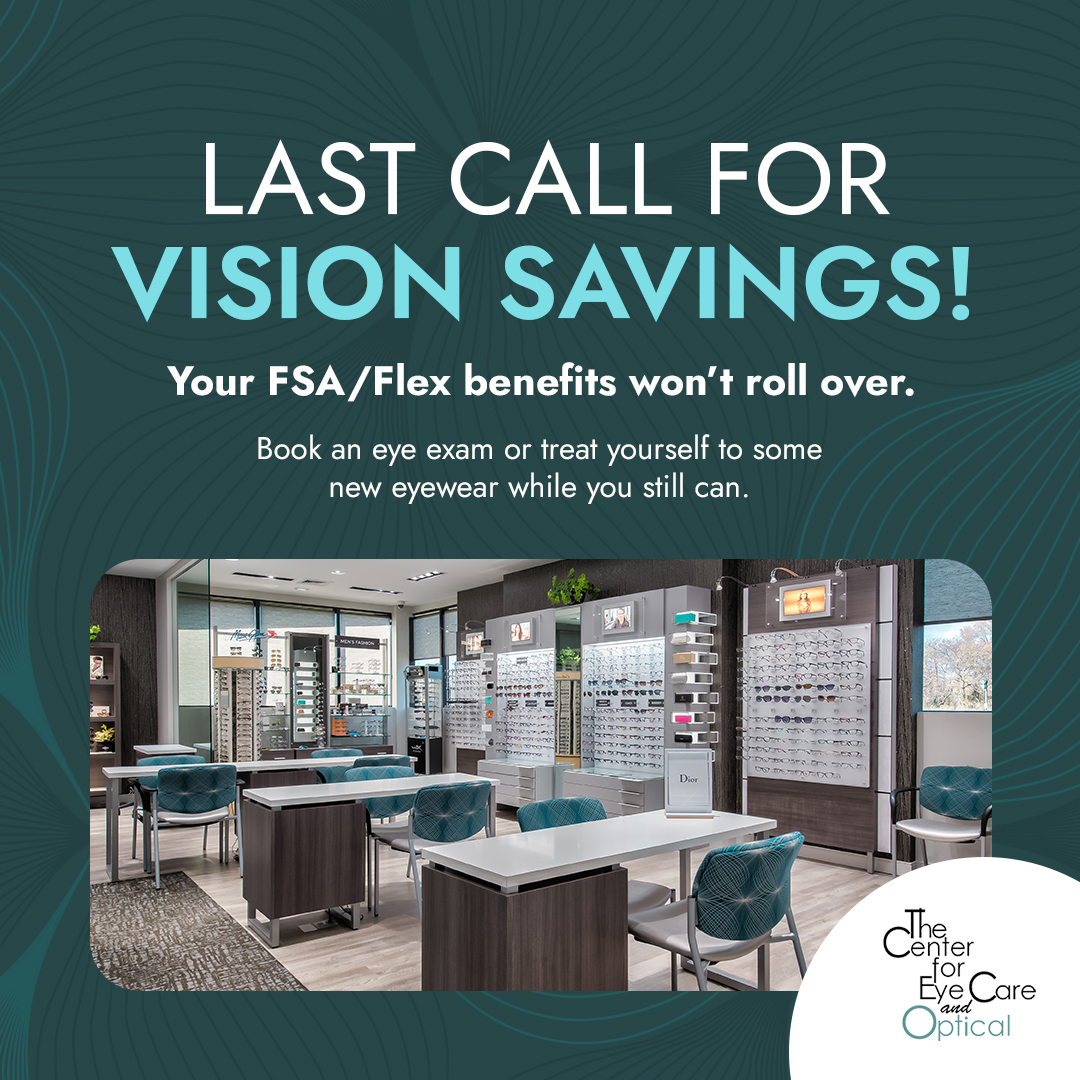The Center for Eye Care and Optical Blog
Learn more about ophthalmology and optometry care in our blog!

Contact lenses have been the go-to solution for individuals seeking an alternative to eyeglasses. These lightweight, discreet lenses have provided a comfortable and practical way to correct common refractive errors, such as nearsightedness (myopia), farsightedness (hyperopia), and astigmatism. By directly altering the way light enters the eye, contact lenses can effectively counteract these vision problems, allowing wearers to enjoy clear, sharp vision without the need for bulky frames.

Diabetes is a chronic condition that can have a profound impact on various aspects of your health, including your vision. As a person living with diabetes, it's crucial to understand the connection between this metabolic disorder and your eye health.

Intraocular Lens (IOL) implants are artificial lenses that are surgically placed inside the eye to replace the natural lens. This procedure is typically performed during cataract surgery, where the clouded natural lens is removed and replaced with an IOL to restore clear vision.

Regular eye checkups are particularly important for children, as their visual systems are still developing. During this critical period, any underlying problems can significantly impact their learning, behavior, and overall development. By scheduling a back-to-school eye exam, you can proactively address any vision-related challenges and set your child up for a successful academic year.

Sunlight harbors an invisible threat to our eyes - ultraviolet (UV) radiation. These high-energy rays, though imperceptible to the naked eye, can wreak havoc on our delicate ocular structures if left unchecked. As we navigate the great outdoors or even go about our daily routines, understanding the impact of UV light on our eye health becomes paramount.

In our modern digital age, we are constantly surrounded by screens – from smartphones and tablets to computers and televisions. While these devices have undoubtedly revolutionized the way we work, learn, and entertain ourselves, their impact on our eye health is a subject of growing concern. As our reliance on digital devices continues to increase, it's crucial to understand the potential consequences of prolonged screen exposure, particularly when it comes to screen brightness.

Blepharospasm is a neurological disorder characterized by involuntary muscle contractions that cause excessive blinking and involuntary closure of the eyelids. It is a condition that affects the muscles around the eyes, leading to uncontrollable spasms. These spasms can be intermittent or continuous, and they can severely impact a person's quality of life.

Botox is a widely recognized treatment for various medical conditions, including the management of eyelid spasms and twitches. When it comes to oculoplastics, Botox has proven to be a highly effective and safe option for patients experiencing these bothersome eye conditions.

In today's digital age, we are constantly surrounded by screens emitting blue light. Blue light is a high-energy visible light with a short wavelength that is part of the visible light spectrum. While blue light is naturally present in sunlight and plays an essential role in regulating our sleep-wake cycle, excessive exposure to artificial sources of blue light can have adverse effects on our eye health.

Dry eye is a common condition that affects many individuals worldwide. If you have been experiencing discomfort, irritation, or a gritty feeling in your eyes, you may be suffering from dry eye. Early diagnosis and treatment are crucial in managing dry eye effectively.











